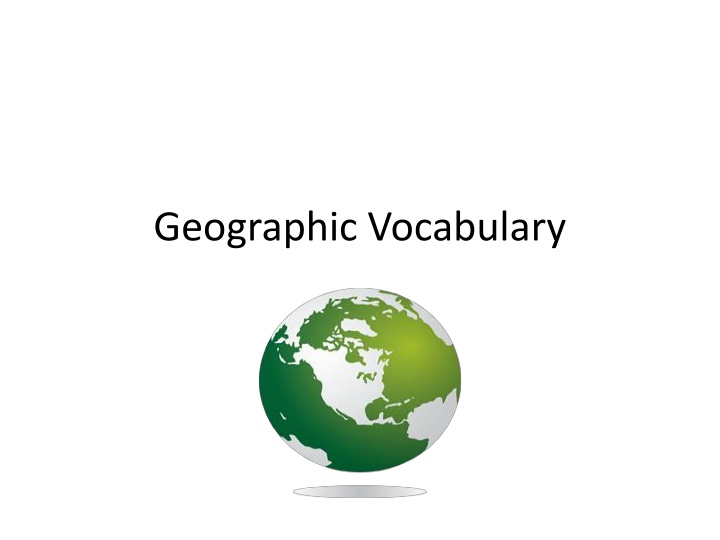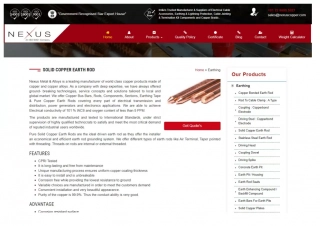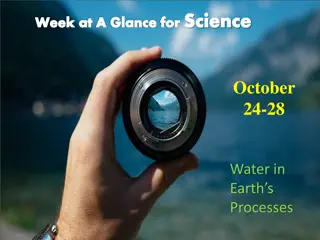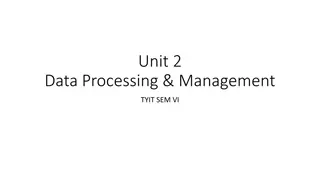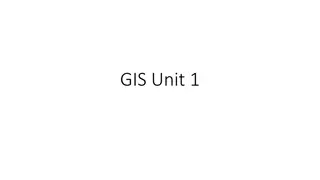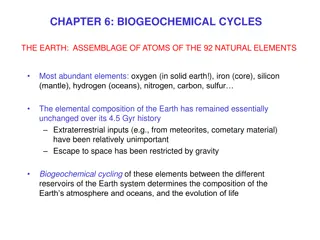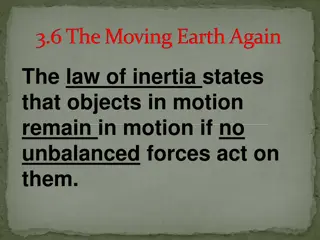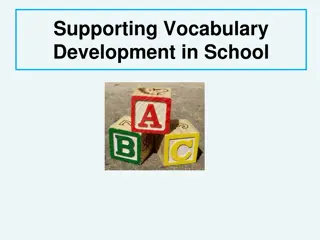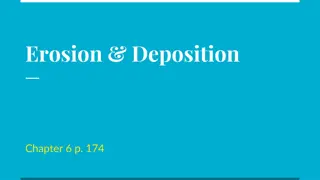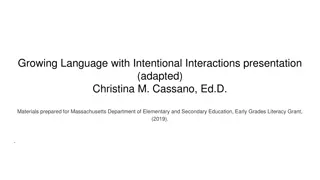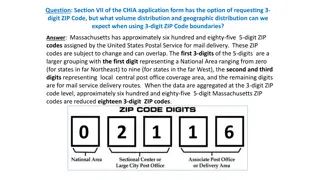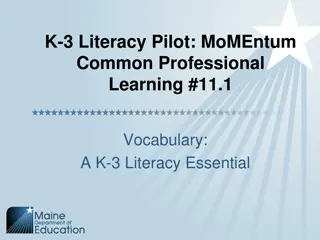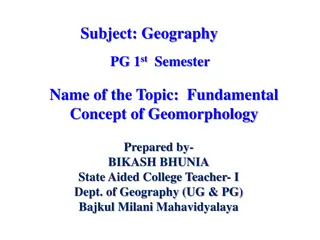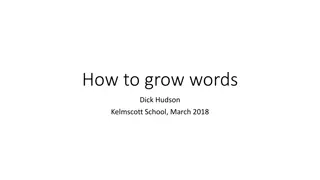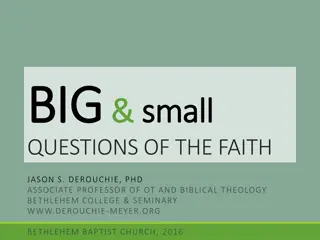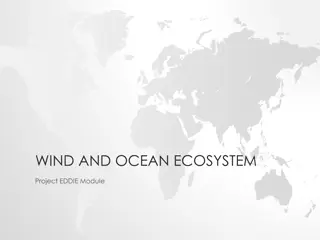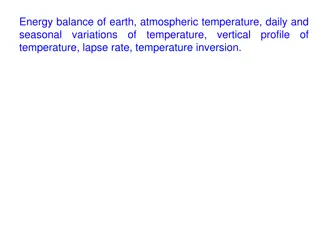Geographic Vocabulary and Earth's Processes
The lithosphere, plate tectonic motion, convection, weathering, atmosphere, water cycle, tides, currents, biomes, and more make up our Earth's intricate systems. Discover how these components interact to shape our planet and support life through the interconnected processes of the lithosphere, hydrosphere, atmosphere, and biosphere. Understand the forces at play - from lithospheric movements to atmospheric dynamics - that govern Earth's natural systems and create the diverse landscapes and environments we see today.
Uploaded on Mar 09, 2025 | 0 Views
Download Presentation

Please find below an Image/Link to download the presentation.
The content on the website is provided AS IS for your information and personal use only. It may not be sold, licensed, or shared on other websites without obtaining consent from the author.If you encounter any issues during the download, it is possible that the publisher has removed the file from their server.
You are allowed to download the files provided on this website for personal or commercial use, subject to the condition that they are used lawfully. All files are the property of their respective owners.
The content on the website is provided AS IS for your information and personal use only. It may not be sold, licensed, or shared on other websites without obtaining consent from the author.
E N D
Presentation Transcript
Lithosphere is made up of the Earths crust and solid upper mantle Earth s mantle a region of hot, dense rock below the outer crust. At about 100 km down rock is hotter and softer and plastic like
Plate tectonic motion Earths lithosphere is divided into large pieces. Scientists believe these pieces move as solid chunks floating on the more plastic like mantle.
Convection the spread of heat through the movement of a fluid substance. As rock deep down close to the core of the earth heats up it rises as the cooler rock at the top sinks.
Weathering wearing down of Earths surface by the actions of wind, water, ice and living things Erosion process by which rock, sand, and soil are Broken down and carried away Deposition the same forces that erode one place can Deposit particles and sediment in another causing it to build up.
Atmosphere envelope of gases surrounding Earth. It consists mainly of nitrogen and oxygen.
Water cycle continuous cycle of evaporation, condensation, precipitation, and runoff
Tides and currents movements of the oceans waters cause high and low tides, where the surface level of the ocean rises and falls. Tsunamis when an earthquake occurs under or near the ocean, it creates immense ocean waves of destructive force.
Biomes distinct geographical regions with their own particular types of plant and animal Life.
Grasslands area where climate is too dry to support Large amounts of trees. Grasses dominate the area. Steppes a Russian word for a region of grasslands, shrublands, or savannas. Ex: Eurasian Steppe and Russian Steppe
Tundra found close to polar regions, ground is so cold trees can t grow. Frozen most of the year.
